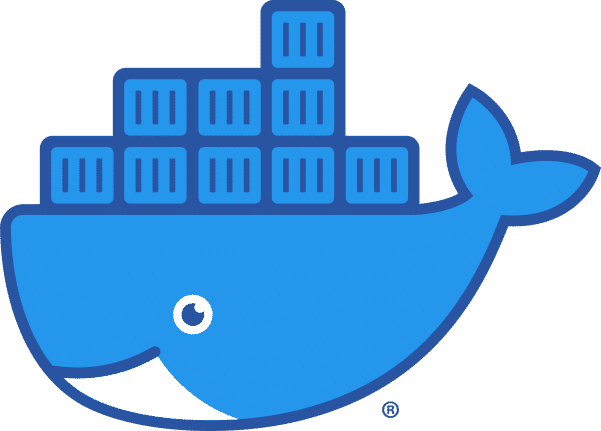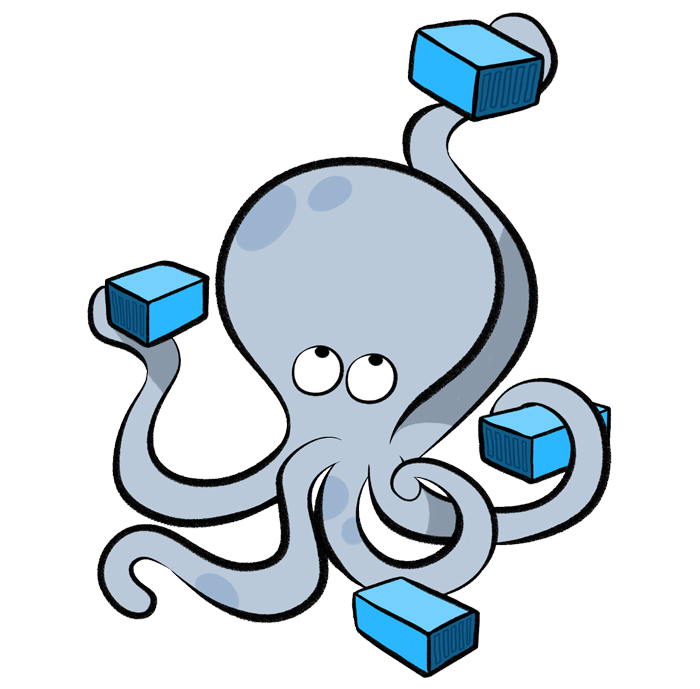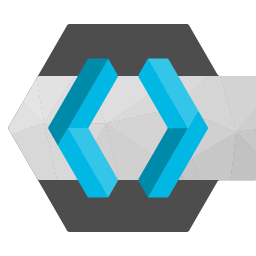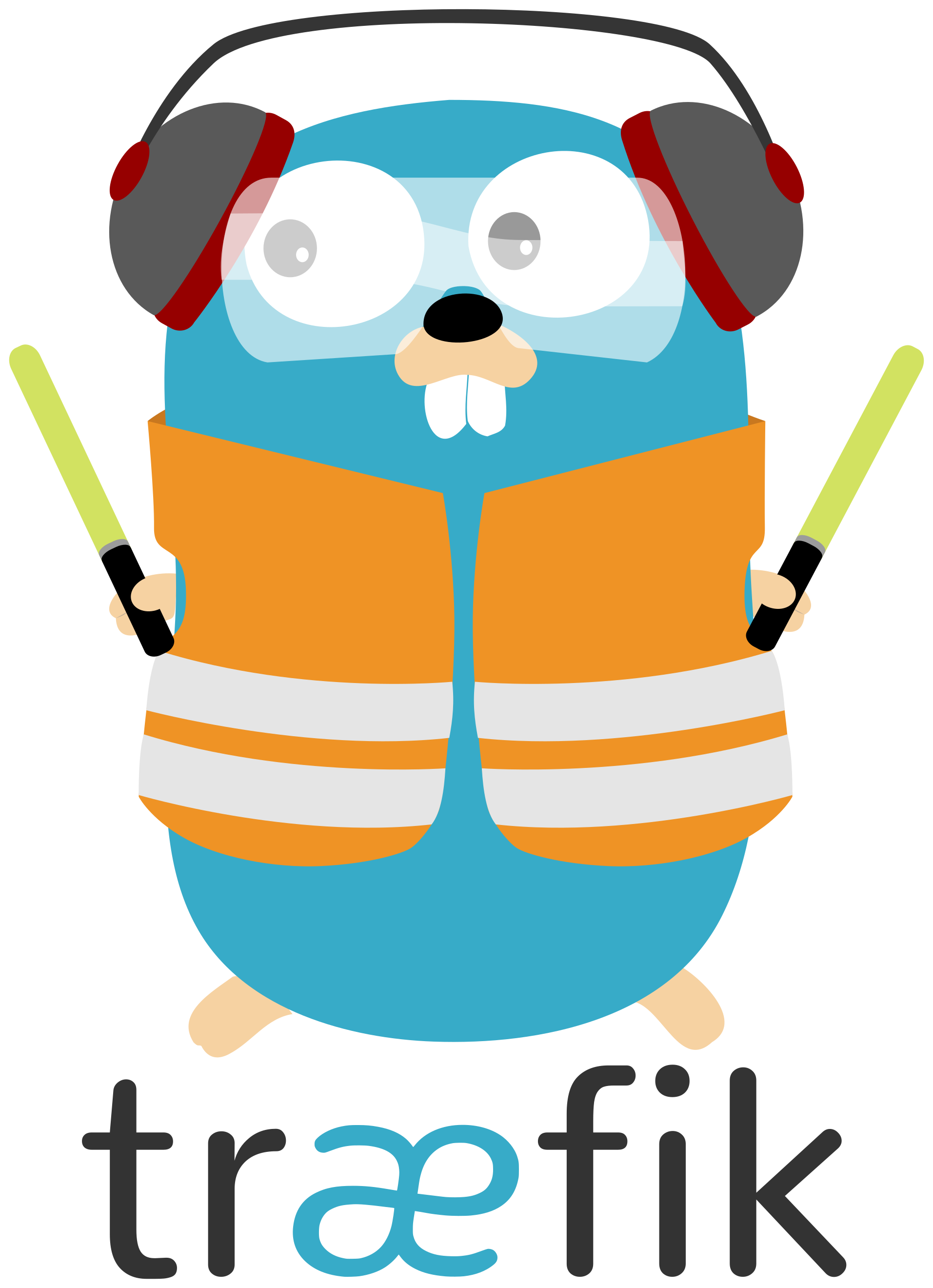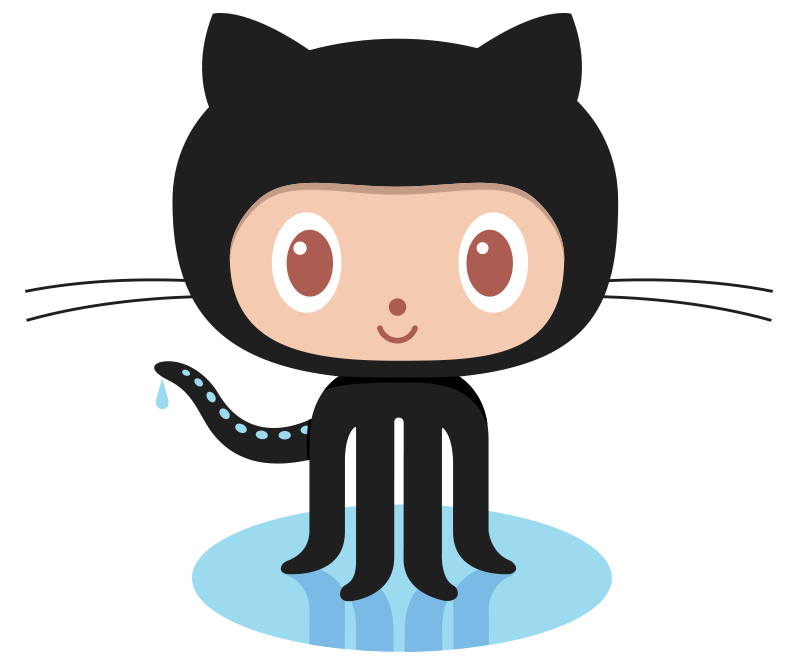Our technology stack
Let us show you briefly what technologies we use. We will not explain why we have chosen those here. This is subject to our Arc42 based Architecture Documentation.
Backend/Data Science
Infrastructure
PostgreSQL |
Docker |
Cloud Init |
Docker-Compose |
S3 - Minio |
Keycloak |
Nginx |
Hetzner Cloud |
Elastic Stack |
Traefik |
GitHub |
GitHub Actions |
Apache Kafka |
|
Organisational
Key drivers for technical decisions
-
Any decision should be as little opinionated as possible
We should never choose a technology just because we consider it as cool or because we have had good experience with it in another use case. Decisions should be made depending on the use case. -
Keep it simple stupid (KISS)
Based on our interpretation of Agile Development we think that we should choose the simplest approach to tackle a task. Particularly, we always try to avoid optimizing things before it turns out that optimization is needed (see Donald Knuth). This applies, in the same way, to small things eg.-
optimizing algorithms like SQL-queries
-
choosing frameworks for persistence, offering rest endpoints, frontend frameworks
-
infrastructural topics like VCS build system
As well as it applies to "bigger" things eg.
-
Deciding architectural things like using CQRS
-
Using microservices vs. putting things into a monolith
-
-
Best of breed
Default for standard options. Eg. when there are several similar web frameworks, go for the more prominent one. Because we expect that:-
we are getting more support from other developers if we run into problems
-
expect more support from the upstream project itself, and also the project itself will exist for a longer time
-
have better tooling support (if applicable)
-
have it easier to find more developers
-
-
Match techniques with skills of core team members
The chosen technique should be either already known by the team (or part of the team) or the team must be willing to learn it.
Some criteria could conflict with others. Life is not always easy.
 Dancier
Dancier








